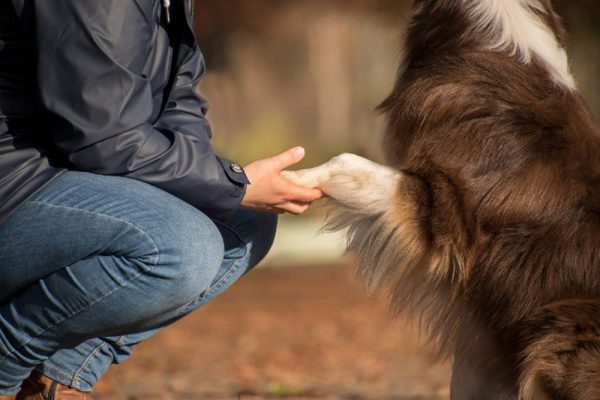The relationship between humans and dogs is hard to put into words. Our dogs can be our best friends, our protectors, and our shoulders to cry on when times get tough. It isn’t unusual for us to sit back and remember dogs we’ve had in our past. Perhaps you remember your first dog from childhood and shed a few tears when you think about the fun of growing up with them. Maybe the dog you adopted when you moved out on your own holds a special place in your heart, and you think of them often.
But what about our dogs? Do they have those types of memories? If we adopt a dog from the shelter, do they think about their previous owner? Yes, dogs have memories, but understanding the depth of that memory is where things get more complicated. Let’s take a look at recent research to help you better understand your dog’s memory and how conceptions are ever-changing.

Short-Term Memory
When it comes to memory, dogs perform well compared to many animals, particularly in tasks involving relevant or rewarding information. Their short-term (working) memory typically lasts from a few seconds to a few minutes, depending on the context and importance of the information. While some studies suggest dogs may forget arbitrary actions after about two minutes, they can remember more meaningful events or cues for much longer. Bees, by contrast, may have working memories lasting only a few seconds, and many birds fall slightly above that. Cats have shown strong abilities in long-term associative memory, but there’s no clear evidence that their short-term memory is significantly longer than that of dogs. Ultimately, both species retain what they perceive as important; especially when tied to survival, food, or social bonding.

Short-Term Memory Comparison
| Humans | 20 to 30 seconds |
| Dogs | 2 minutes |
| Cats | 2 minutes |
| Bees | 2.5 seconds |

Long-Term Memory
Often, pet owners wonder how long their pet can actually remember them if they are apart. Memory for animals is associated with both positive and negative experiences. If a dog is mistreated by someone wearing a hat, they may associate bad experiences each time they see a hat. The same can be said for good things. If you’re a loving pet owner, each time your dog sees you, it will associate good feelings with you.
Unlike short-term memory, long-term memory in dogs, especially when tied to emotionally significant events or individuals, can last for years. While specific timelines vary, anecdotal and observational evidence suggests dogs can remember familiar people for at least several years. In comparison, dolphins hold the record for the longest social memory in non-human animals, recognizing the unique signature whistles of other dolphins even after 20 years apart.

Long-Term Memory Comparison
| Humans | Lifetime |
| Dogs | 2 to 5 years |
| Cats | Up to 10 years (if they want to) |
| Dolphins | 20 years |

Spatial Memory
Have you ever noticed how your dog seems to remember where you hide the treats? They also remember the location of their food and water bowls, and where to find their favorite toy. This is a function of something called spatial memory; which helps dogs recall the location of objects and navigate their environment. Spatial memory is crucial for associating both positive and negative experiences with specific places or events. For example, if an action leads to an unpleasant outcome, dogs may avoid repeating it based on where it occurred.
A study was conducted to determine whether a dog could use spatial memory to locate objects when detours and obstacles were put to use 1. Turns out, they can. The study revealed dogs could decode the information and change their tactics due to the situation. It is also believed that an animal’s spatial memory can be associated with a scent which helps them recall events, people, and location.

Episodic Memory
Episodic memory is the ability to recall specific past events along with the context and associated emotions. In dogs, this was explored in a study involving 17 dogs that had been previously trained using the “Do as I do” imitation method, which teaches them to copy human actions on command. In the study, the dogs watched a human perform an action such as lying down. Later, without prior warning or expectation, the dogs were given the “Do It” command and asked to repeat what they had observed. Remarkably, many were able to mimic the action even though they had not been cued to remember it in advance, indicating they had formed a memory of the event. The researchers tested their response at intervals ranging from one minute to an hour. While the dogs were still able to perform the lie-down action after longer delays, their accuracy declined over time. These results suggest that dogs are capable of episodic-like memory, though the strength of that memory appears to fade with time.

Final Thoughts
As you can see, learning about the memories of dogs is an ongoing process where more research is warranted. What we do know is dogs remember both positive and negative experiences, and outcomes. If you want to be a happy memory for your dog, whether only for a few minutes or for a few years, make sure you treat them well and with love.
Featured Image Credit: chrisukphoto, Shutterstock



















